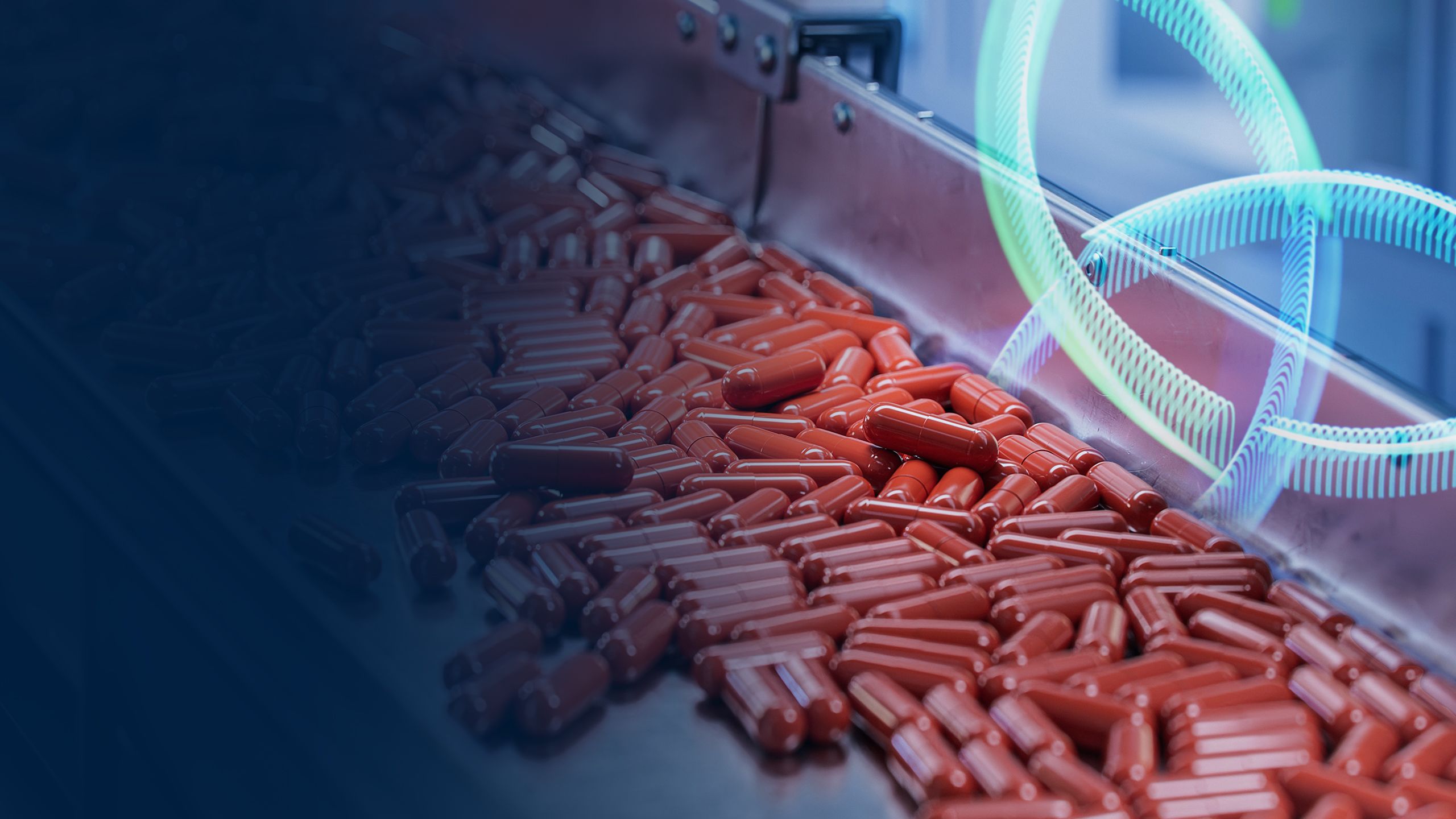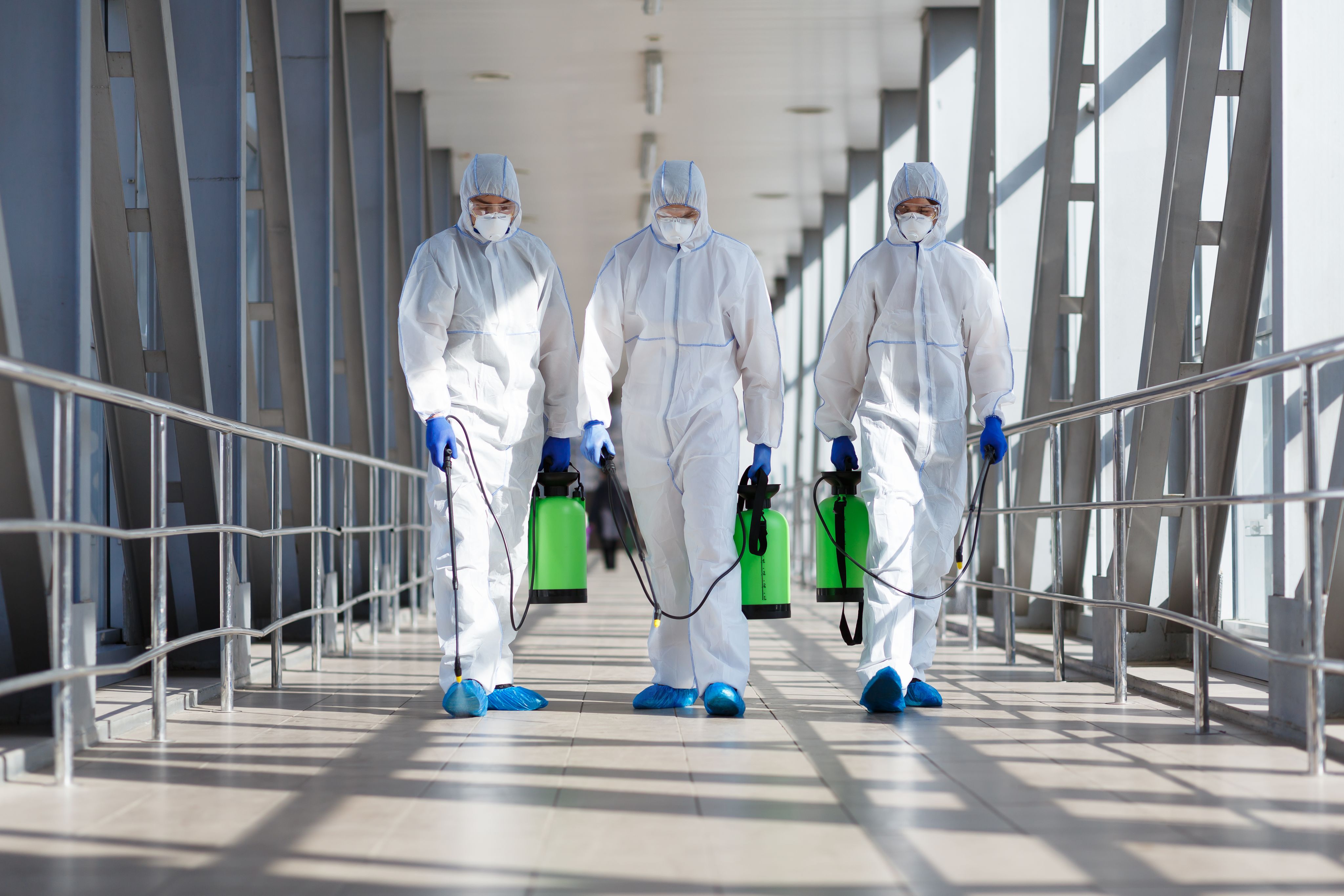The essential role of chemicals in modern healthcare

Chemicals are a fundamental part of our daily existence, playing a crucial role in shaping the modern world.
The global chemicals industry employs over 20 million people and provides materials and substances to various sectors including agriculture, automotive, construction and pharmaceuticals. From life-saving medications and prosthetics that enhance our quality of life to the shoes we wear and the homes we live in, chemicals are deeply woven into the fabric of our daily lives, constituting at least 96% of manufactured goods.
One of the most compelling examples of the positive impact of chemicals is their role in medicine. Chemicals are at the heart of pharmaceuticals, allowing us to treat diseases, alleviate pain and extend human life. From antibiotics that combat infections to chemotherapy drugs that fight cancer, chemicals are instrumental in the pursuit of good health.
Medicine: saving lives and alleviating suffering

Even before the modern era, petroleum found its place in medical remedies. Native Americans utilised crude oil for medicinal applications such as tonics and salves. Seneca Oil, traded by Native American tribes, was prized for its purported medicinal properties and was used to treat ailments ranging from rheumatism to insect bites. While these early uses may have been based more on tradition than scientific understanding, they foreshadowed the future significance of chemicals in healthcare.
The rise of petrochemicals revolutionised the pharmaceutical industry, providing essential building blocks for drug synthesis and production. Today, petrochemical-derived compounds form the basis of numerous medications, ranging from everyday pain relievers to life-saving antibiotics and cancer treatments. For example, aspirin, synthesised in 1897 by Felix Hoffman, marked a milestone in drug development and continues to be widely used. Petrochemicals such as cumene, phenol and benzene are key ingredients not only in aspirin but also in the production of penicillin and various cancer-fighting drugs.
Chemicals also play a vital role in every stage of drug manufacturing, from the synthesis of active pharmaceutical ingredients to the packaging of finished products:
According to a study published in the American Journal of Public Health, approximately 3% of chemical production is dedicated to pharmaceutical manufacturing. However, nearly 99% of pharmaceutical feedstocks and reagents are derived from chemicals, underscoring their indispensable role in drug production. This reliance on petrochemicals extends beyond active ingredients to encompass packaging materials, medical devices and transportation infrastructure, ensuring the safe and efficient delivery of medications to patients worldwide.
Prosthetics: enhancing mobility and quality of life

For those who have lost limbs due to accidents, illnesses or congenital conditions, prosthetics offer a lifeline to regain mobility and independence. Advancements in soft tissue prosthetics have emerged as a beacon of hope, offering not just functional restoration but also aesthetic enhancement, significantly transforming lives.
Since the mid-20th century, synthetic polymers have transformed prosthetics, replacing natural materials and enabling remarkable progress in both material properties and fabrication techniques.
In the intricate world of soft tissue prosthetics, four synthetic polymers stand out: silicone, acrylic resin, vinyl polymer and polyurethane elastomer. Each of these materials possesses unique chemical properties that contribute to their suitability for prosthetic applications.
Silicone elastomers, for instance, exhibit remarkable elasticity and resistance to chemical degradation, making them ideal for prosthetic liners. Composed of repeating units containing silicon, carbon and oxygen atoms, silicone elastomers provide comfort and stability, crucial for prolonged wear.
Acrylic resins, on the other hand, offer versatility and durability. With a rich history in dentistry and ophthalmology, acrylics have found a niche in facial prosthetics, providing lifelike aesthetics and structural support.
Meanwhile, vinyl polymers contribute to lightweight and cost-effective prosthetic solutions, particularly in limb prosthetics. Their ease of fabrication and compatibility with advanced manufacturing techniques make them accessible options for a wide range of patients.
Polyurethane elastomers excel in applications requiring both flexibility and toughness, making them suitable for dynamic prosthetic components such as running feet. Their ability to mimic natural tissue properties ensures optimal performance and comfort for users.
These advancements have a life-changing effect for end users. For example Chandler Smith, born with a rare congenital defect, faced the daunting challenge of navigating life without a right leg. However, thanks to advancements in prosthetic technology and materials, Chandler received a titanium prosthetic leg at just 18 months old. He has since played soccer, golf, basketball and lacrosse.
Over the years, Chandler's prosthetic journey has been a testament to resilience and innovation. His story underscores the profound impact of prosthetics on quality of life.
Beyond traditional prosthetic materials, recent advancements have unlocked new possibilities in prosthetic design and functionality. Porous polymer scaffolds, for instance, have revolutionised bone repair, facilitating enhanced integration with surrounding tissues and promoting faster healing.


Sanitation and safety: chemicals for safe living

The synergy between the chemical industry and the medical field has ushered in an era of unprecedented advancements, reshaping modern healthcare and ensuring the safety and well-being of millions worldwide. From changing the face of sanitation practices to developing life-saving medical equipment, the contributions of the chemical industry have left an indelible mark on public health and safety.
In the annals of medical history, the discovery and widespread production of chemical agents like chlorine and iodine stand as watershed moments in the fight against infectious diseases. These chemicals, instrumental in disinfecting water supplies, surfaces, and medical equipment, have significantly reduced the spread of pathogens and improved sanitation standards, thereby saving countless lives.
Moreover, plastics play a key role in medical packaging and supplies. Plastic wraps and pouches safeguard medical instruments, implants and disposables from contamination, ensuring the integrity and sterility of medical products. This meticulous attention to hygiene has been instrumental in reducing the risk of cross-contamination and infection transmission in healthcare settings.

Sterilisation is a cornerstone of infection prevention in healthcare settings, and the chemical industry has played a pivotal role in providing cutting-edge sterilisation techniques. Ethylene oxide sterilisation and hydrogen peroxide vapour are among the methods employed to ensure that medical instruments, devices and surgical equipment are free from harmful microorganisms, safeguarding patient safety during medical procedures.
The chemical industry's contributions extend beyond sanitation and sterilisation to encompass the development of advanced medical equipment and materials. Plastics enable the production of lightweight, durable and biocompatible medical devices and implants.
Intravenous (IV) therapy, relies heavily on plastics for the production of IV bags, infusion sets and connectors. These plastic components ensure sterility, flexibility and compatibility with various medications, thereby facilitating safe and effective patient care.
During global health crises like the COVID-19 pandemic, the importance of PPE becomes paramount in safeguarding healthcare workers and the public. The chemical industry plays a critical role in producing essential PPE such as masks, gloves, gowns and face shields, reducing the risk of transmission of infectious agents and ensuring the safety of frontline workers.

The domino effect of the pandemic was low supply of chemicals and interruptions in global trade that led to a shortage in PPE. China is by far the world's largest manufacturer of personal protective equipment (PPE). Prior to the pandemic, China accounted for half of the world's supply of surgical masks and was the only country capable of mass-producing clinical gowns. However, import restrictions followed, resulting in a global shortage. This highlighted how the chemical value chain was an integral part of saving lives and data such the ICIS supply and demand database became an integral part of securing supply and planning for the future.
PPE is a healthcare tool that goes beyond use in hospitals, in many other industries, such a construction, it also plays a key role in keeping people safe and saving lives. Most hard hats, for example, are made from high-density polyethylene (HDPE) or advanced engineering resins, such as Ultem. Dave Fenton's encounter with a construction accident highlights the life-saving role of hard hats. While working as a crane rigger, Fenton was struck in the head by an 80-pound aluminium joist. Despite sustaining severe injuries, including a broken neck and shoulder, Fenton credits his hard hat with deflecting the weight of the joist away from the centre of his head, ultimately saving his life. Just 110 days after the accident, he was back at work. “The hard hat saved my life, there’s no question in my mind,” he says.
Conclusion

The chemical industry's contributions to modern healthcare are indisputable, with innovations in sanitation, medicine, sterilisation, medical equipment and PPE shaping the landscape of public health and safety.
The pharmaceutical industry is impacted when there are disruptions in the chemical value chain. Various global events such as conflicts, weather, trade laws and pandemics can mean shortages of live saving equipment or medicine, so maintaining supply chain efficiency is essential. There are solutions in place that help mitigate these possibilities, for example ICIS provides the pharmaceutical supply chain with the tools it needs to manage risk using predictive data and analytics. All this ensures that chemicals can continue to play a key role in saving lives and advancing medical practices.
Author:
Ropafadzo Mugadza is a content writer at ICIS, working across energy, chemicals and sustainability to tell the story of market movements.
She has previously worked as a writer and content strategist in the fields of green infrastructure, sustainable development, and environmental technology.
Related content
Speak with ICIS
If you are interested in learning about how our specialist insight can help you make better business decisions, contact the ICIS team today. Simply complete the form and we will get in touch with you as soon as possible.


